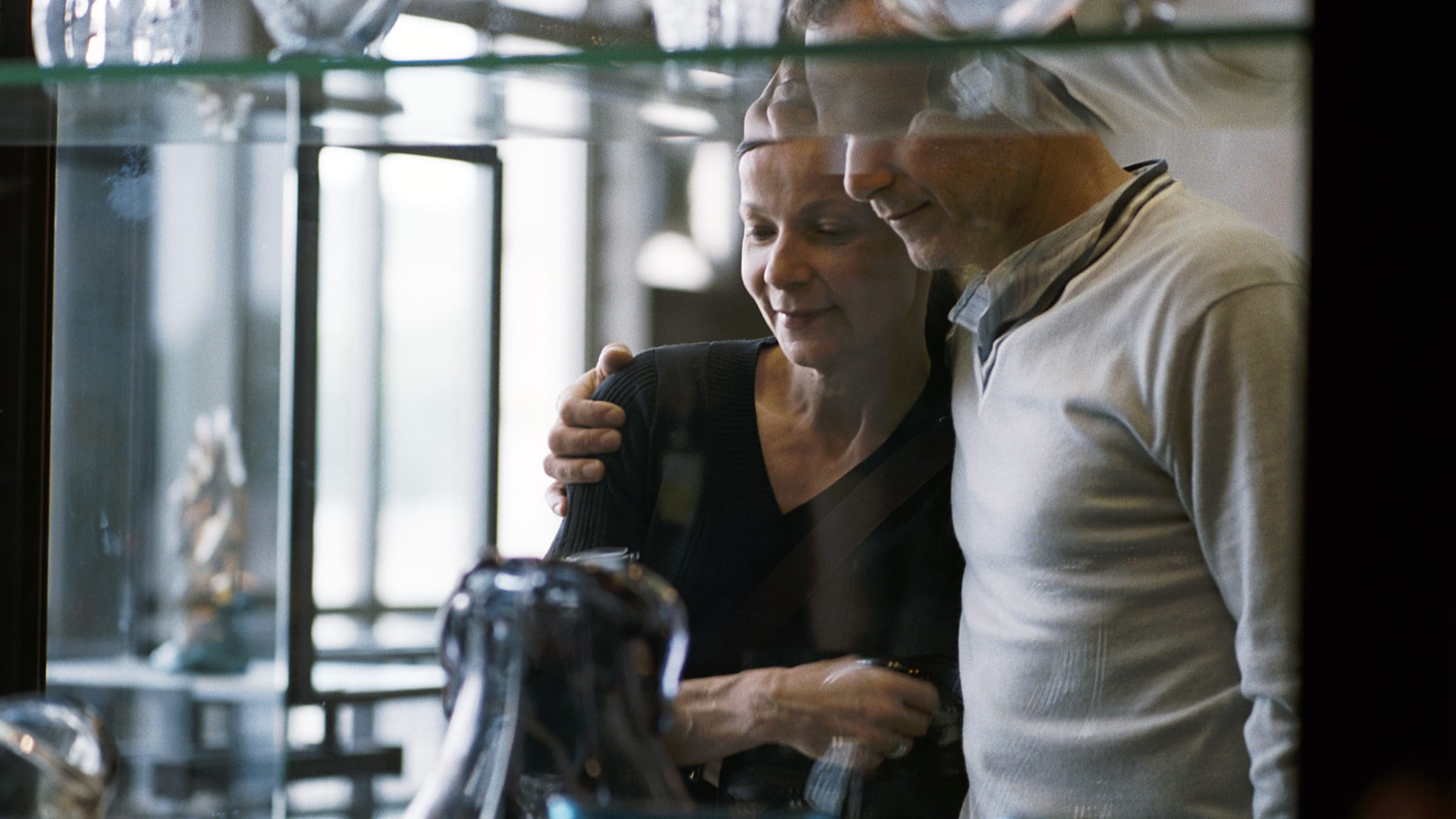RELATED ARTICLE
Of Their Age: Olivier Assayas on the Making of Cold Water
The Criterion Collection

By 2008, Olivier Assayas was perhaps best known as a director of fraught, emotionally intense, experimentally structured thrillers such as Irma Vep (1996), demonlover (2002), and Boarding Gate (2007), so the contemplative quiet of the feature he released that year, Summer Hours, may have come as something of a surprise. Nonetheless, the movie showed Assayas as a fully mature filmmaker, developing his themes from the physicality of the setting as well as the extraordinary performances of his cast.
On a fundamental level, the story concerns the three adult Marly siblings, who are faced with the process of breaking up the estate of their uncle, artist Paul Berthier, upon the death of their mother, Hélène (performed by Edith Scob), with whom Berthier had a long, secret affair. Many of the estate’s various objects are also objets d’art. The viewer watches as vases, glassware, and furniture are transformed from their utilitarian, private functions in the home to their more austere but nonetheless public presentation in the Musée d’Orsay. Over the course of this process, Assayas offers us a deeply felt meditation not only on the function of art but also on time itself, on family, on love, and on human change, all of which builds toward a moment of emotional tension filmed and staged so quietly and unobtrusively that we are left to feel as if we have accidentally happened, entirely uninvited, upon an intimate scene and are now unable to turn away—the effect of which is to transfer that intimacy to us, its secret becoming our own.
But in order to understand what happens in this, the film’s antepenultimate scene, we first must consider three objects that, for the duration of the movie, have returned again and again, each time increasingly freighted with meaning. One is a breathtaking art nouveau mahogany desk by Louis Majorelle; the others are two glass vases by Félix Bracquemond. By the point of the scene in question, we have observed these objects many times, in the studio and residence of the late Paul Berthier. But the viewer quickly comes to understand that this film is less about Berthier than it is about the utility of art within the life of a home, and what the removal and recontextualization of such objects can mean. The Majorelle desk is valuable, to be sure, but it is a desk, and in the family home it was used as such. Similarly, Éloise, the family’s beloved housekeeper (played by Isabelle Sadoyan), favors the two Bracquemond vases for asters, and, indeed, after Hélène’s death, when the house is sold and Éloise is offered a keepsake, it is one of these, “a vase with big green bubbles,” that she takes with her, an object that will continue to hold both personal and utilitarian meaning in her life. (“I can keep putting flowers in it and think of [Hélène],” she says.)